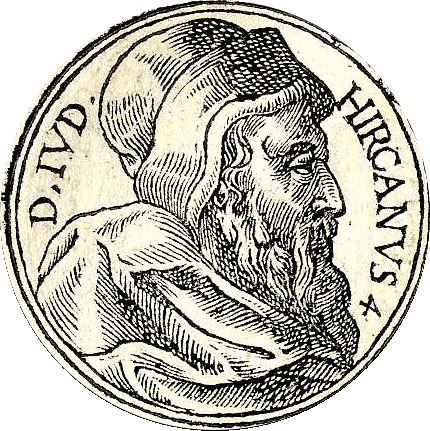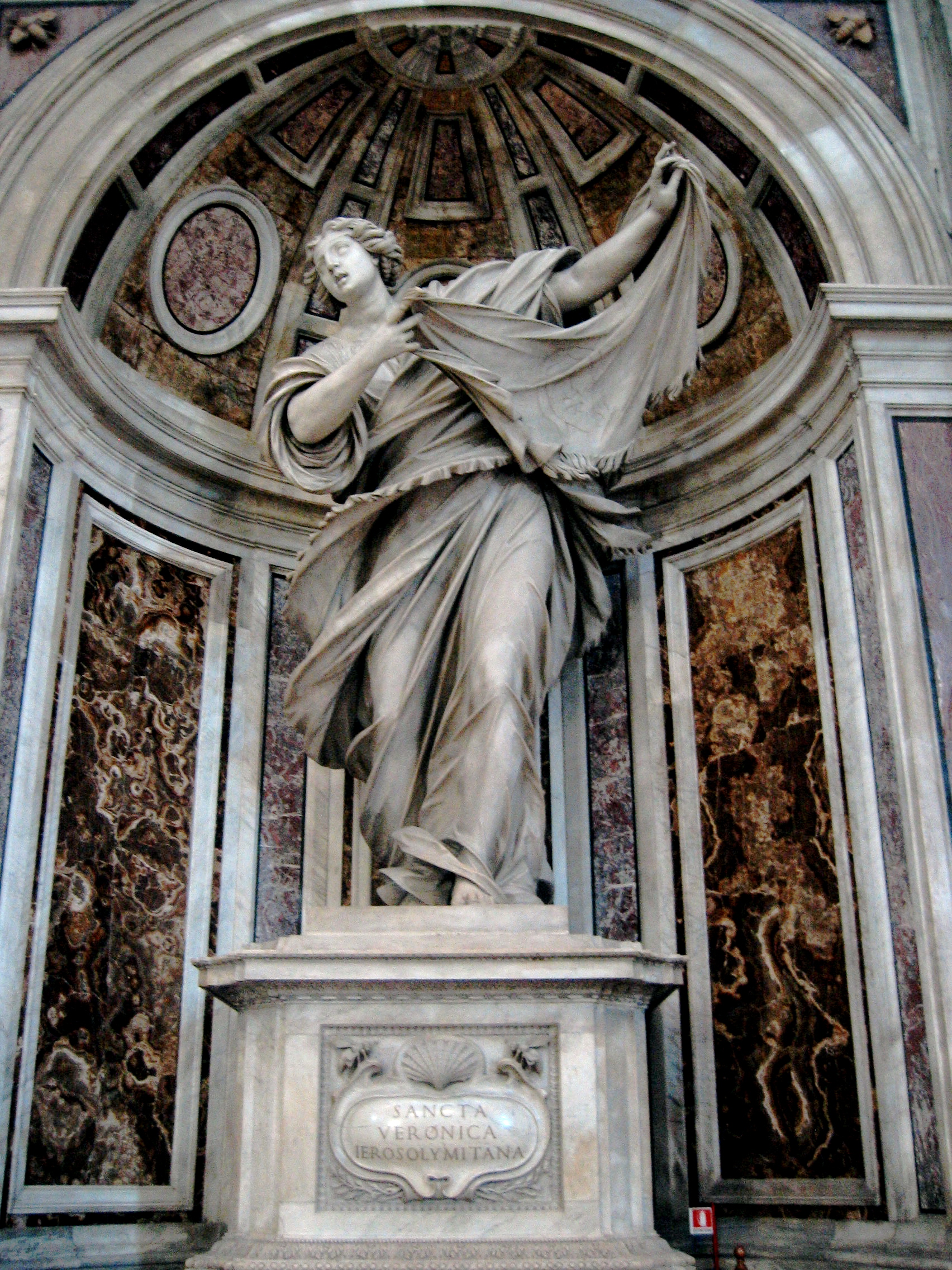|
Calvary At Saint-Thégonnec
The Calvary at Saint-Thégonnec is part of the enclosure (enclos paroissial) of the parish church of Notre-Dame in Saint-Thégonnec. Erected in 1610 it is the last of the monumental calvaries of Brittany. See also Saint-Thégonnec Parish close. Background and description of the calvary Apart from Roland Doré's "Christ aux outrages", and the crucifixion cross attributed to Yann Larhantec, the sculptural work on this calvary has been attributed to the Maître de Saint-Thégonnec's workshop, who are also credited with work on the calvary of the St Sébastien Chapel at Saint-Ségal and another at Locquénolé near Morlaix. In 1794, during the course of the French revolution, the calvary was knocked down but the local people managed to save the sculptures and hide them away, although some were lost. The calvary was the subject of a major restoration in 1970 by the organization Mainponte de Paris. The scenes depicted on the calvary relate to Jesus Christ's passion, his death and his ... [...More Info...] [...Related Items...] OR: [Wikipedia] [Google] [Baidu] |
Saint-Thégonnec
Saint-Thégonnec (; br, Sant-Tegoneg) is a former commune in the Finistère department in Brittany in northwestern France. On 1 January 2016, it was merged into the new commune Saint-Thégonnec Loc-Eguiner. 23 December 2015 The village is noted for its very elaborate parish close, one of a number in the area, which include Guimiliau and Lampaul-Guimiliau. Population Inhabitants of Saint-Thégonnec are called ''Saint-Thégonnecois''. Breton language< ...
|
Flagellation Of Christ
The Flagellation of Christ, sometimes known as Christ at the Column or the Scourging at the Pillar, is a scene from the Passion of Christ very frequently shown in Christian art, in cycles of the Passion or the larger subject of the ''Life of Christ''. It is the fourth station of the modern alternate Stations of the Cross, and a Sorrowful Mystery of the Rosary.''Old Master Paintings and Drawings'' by Roy Bolton 2009 page 70 The column to which Christ is normally tied, and the rope, scourge, whip or birch are elements in the Arma Christi. The Basilica di Santa Prassede in Rome claims to possess the original column. From the 15th century the subject is also painted in individual works, rather than as one of a series of Passion scenes. The most-discussed single work is the enigmatic treatment on a small panel in Urbino by Piero della Francesca (1455–60), whose precise meaning has eluded generations of art historians. At the same time ''Christ at the Column'' or ''Christ at ... [...More Info...] [...Related Items...] OR: [Wikipedia] [Google] [Baidu] |
Gamaliel
Gamaliel the Elder (; also spelled Gamliel; he, רַבַּן גַּמְלִיאֵל הַזָּקֵן ''Rabban Gamlīʾēl hazZāqēn''; grc-koi, Γαμαλιὴλ ὁ Πρεσβύτερος ''Gamaliēl ho Presbýteros''), or Rabban Gamaliel I, was a leading authority in the Sanhedrin in the early first century CE. He was the son of Simeon ben Hillel and grandson of the great Jewish teacher Hillel the Elder. He fathered Simeon ben Gamliel, who was named for Gamaliel's father, and a daughter, who married a priest named Simon ben Nathanael. In the Christian tradition, Gamaliel is recognized as a Pharisee doctor of Jewish Law. Acts of the Apostles, 5 speaks of Gamaliel as a man held in great esteem by all Jews and as the Jewish law teacher of Paul the Apostle in . Gamaliel encouraged his fellow Pharisees to show leniency to the apostles of Jesus Christ in . In Jewish tradition In the Talmud, Gamaliel is described as bearing the titles Nasi (Hebrew: נָשִׂיא ''N ... [...More Info...] [...Related Items...] OR: [Wikipedia] [Google] [Baidu] |
Mary Salome
In the New Testament, Salome was a follower of Jesus who appears briefly in the canonical gospels and in apocryphal writings. She is named by Mark as present at the crucifixion and as one of the Myrrhbearers, the women who found Jesus's empty tomb. Interpretation has further identified her with other women who are mentioned but not named in the canonical gospels. In particular, she is often identified as the wife of Zebedee, the mother of James and John, two of the Twelve apostles. In medieval tradition Salome (as Mary Salome) was counted as one of the Three Marys who were daughters of Saint Anne, so making her the sister or half-sister of Mary, mother of Jesus. Name "Salome" may be the Hellenized form of a Hebrew name derived from the root word (''shalom''), meaning "peace". The name was a common one; apart from the famous dancing " daughter of Herodias", both a sister and daughter of Herod the Great were called Salome, as well as Queen Salome Alexandra (d. 67 BC), the las ... [...More Info...] [...Related Items...] OR: [Wikipedia] [Google] [Baidu] |
Simon Of Cyrene
Simon of Cyrene (, Standard Hebrew ''Šimʿon'', Tiberian Hebrew ''Šimʿôn''; , ''Simōn Kyrēnaios''; ) was the man compelled by the Romans to carry the cross of Jesus of Nazareth as Jesus was taken to his crucifixion, according to all three Synoptic Gospels: He was also the father of the disciples Rufus and Alexander. Background Cyrene was located in northern Africa in eastern Libya. A Greco-Egyptian city in the province of Cyrenaica, it had a Jewish community where 100,000 Judean Jews had been forced to settle during the reign of Ptolemy Soter (323–285 BC) and was an early center of Christianity. The Cyrenian Jews had a synagogue in Jerusalem, where many went for annual feasts. Biblical accounts Simon's act of carrying the cross, ''patibulum'' (crossbeam in Latin), for Jesus is the fifth or seventh of the Stations of the Cross. Some interpret the passage as indicating that Simon was chosen because he may have shown sympathy with Jesus. Others point out that the te ... [...More Info...] [...Related Items...] OR: [Wikipedia] [Google] [Baidu] |
Golgotha
Calvary ( la, Calvariae or ) or Golgotha ( grc-gre, Γολγοθᾶ, ''Golgothâ'') was a site immediately outside Jerusalem's walls where Jesus was said to have been crucified according to the canonical Gospels. Since at least the early medieval period, it has been a destination for pilgrimage. The exact location of Calvary has been traditionally associated with a place now enclosed within one of the southern chapels of the multidenominational Church of the Holy Sepulchre, a site said to have been recognized by the Roman empress Helena, mother of Constantine the Great, during her visit to the Holy Land in 325. Other locations have been suggested: in the 19th century, Protestant scholars proposed a different location near the Garden Tomb on Green Hill (now "Skull Hill") about north of the traditional site and historian Joan Taylor has more recently proposed a location about to its south-southeast. Biblical references and names The English names Calvary and Golgotha ... [...More Info...] [...Related Items...] OR: [Wikipedia] [Google] [Baidu] |
Calvary
Calvary ( la, Calvariae or ) or Golgotha ( grc-gre, Γολγοθᾶ, ''Golgothâ'') was a site immediately outside Jerusalem's walls where Jesus was said to have been crucified according to the canonical Gospels. Since at least the early medieval period, it has been a destination for pilgrimage. The exact location of Calvary has been traditionally associated with a place now enclosed within one of the southern chapels of the multidenominational Church of the Holy Sepulchre, a site said to have been recognized by the Roman empress Helena, mother of Constantine the Great, during her visit to the Holy Land in 325. Other locations have been suggested: in the 19th century, Protestant scholars proposed a different location near the Garden Tomb on Green Hill (now "Skull Hill") about north of the traditional site and historian Joan Taylor has more recently proposed a location about to its south-southeast. Biblical references and names The English names Calvary and Golg ... [...More Info...] [...Related Items...] OR: [Wikipedia] [Google] [Baidu] |
Pharisee
The Pharisees (; he, פְּרוּשִׁים, Pərūšīm) were a Jewish social movement and a school of thought in the Levant during the time of Second Temple Judaism. After the destruction of the Second Temple in 70 CE, Pharisaic beliefs became the foundational, liturgical, and ritualistic basis for Rabbinic Judaism. Conflicts between Pharisees and Sadducees took place in the context of much broader and longstanding social and religious conflicts among Jews, made worse by the Roman conquest. One conflict was cultural, between those who favored Hellenization (the Sadducees) and those who resisted it (the Pharisees). Another was juridical-religious, between those who emphasized the importance of the Temple with its rites and services, and those who emphasized the importance of other Mosaic Laws. A specifically religious point of conflict involved different interpretations of the Torah and how to apply it to current Jewish life, with Sadducees recognizing only the Written Tor ... [...More Info...] [...Related Items...] OR: [Wikipedia] [Google] [Baidu] |
St Veronica
Saint Veronica, also known as Berenike, was a woman from Jerusalem who lived in the 1st century AD, according to extra-biblical Christian sacred tradition. A celebrated saint in many pious Christian countries, the 17th-century ''Acta Sanctorum'' published by the Bollandists listed her feast under July 12, but the German Jesuit scholar Joseph Braun cited her commemoration in ''Festi Marianni'' on 13 January. According to Church tradition, Veronica was moved with sympathy seeing Jesus carrying the cross to Calvary and gave him her veil so that he could wipe his forehead. Jesus accepted the offer, and when he returned the veil the image of his face was miraculously captured on it. The resulting relic became known as the Veil of Veronica. The story of Veronica is celebrated in the sixth Station of the Cross in many Anglican, Catholic, and Western Orthodox churches.Vatican WebsitSixth Station/ref> Background There is no reference to the story of Veronica and her veil in th ... [...More Info...] [...Related Items...] OR: [Wikipedia] [Google] [Baidu] |
Resurrection Appearances Of Jesus
The resurrection of Jesus ( grc-x-biblical, ἀνάστασις τοῦ Ἰησοῦ) is the Christian belief that God raised Jesus on the third day after his crucifixion, starting – or restoring – his exalted life as Christ and Lord. According to the New Testament writing, Jesus was firstborn from the dead, ushering in the Kingdom of God. He appeared to his disciples, calling the apostles to the Great Commission of forgiving sin and baptizing repenters, and ascended to Heaven. For the Christian tradition, the bodily resurrection was the restoration to life of a transformed body powered by spirit, as described by Paul and the Gospel authors, that led to the establishment of Christianity. In Christian theology, the resurrection of Jesus is "the central mystery of the Christian faith". It provides the foundation for that faith, as commemorated by Easter, along with Jesus' life, death and sayings. For Christians, his resurrection is the guarantee that all the Christ ... [...More Info...] [...Related Items...] OR: [Wikipedia] [Google] [Baidu] |
Mary Magdalene
Mary Magdalene (sometimes called Mary of Magdala, or simply the Magdalene or the Madeleine) was a woman who, according to the four canonical gospels, traveled with Jesus as one of his followers and was a witness to his crucifixion and resurrection. She is mentioned by name twelve times in the canonical gospels, more than most of the apostles and more than any other woman in the gospels, other than Jesus' family. Mary's epithet ''Magdalene'' may mean that she came from the town of Magdala, a fishing town on the western shore of the Sea of Galilee in Roman Judea. The Gospel of Luke chapter 8 lists Mary Magdalene as one of the women who traveled with Jesus and helped support his ministry "out of their resources", indicating that she was probably wealthy. The same passage also states that seven demons had been driven out of her, a statement which is repeated in Mark 16. In all the four canonical gospels, Mary Magdalene was a witness to the crucifixion of Jesus and, in the Syn ... [...More Info...] [...Related Items...] OR: [Wikipedia] [Google] [Baidu] |




.jpg)



